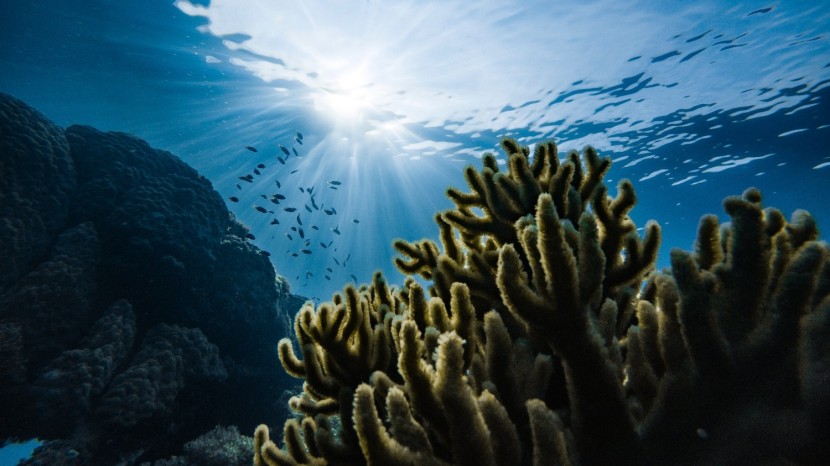
Anglers fishing off Colombia's western Pacific coast recently hauled in a six-foot-long sea creature with a sharp, pointed nose, capturing the attention of scientists aboard the boat. One quick-thinking researcher snapped a photo, leading to the revelation that the catch was an entirely new species.
The discovery was the culmination of a two-decade-long study, during which a team of researchers monitored the catches of local anglers. They joined fishing trips and visited landing sites, documenting the marine life that surfaced. Their efforts paid off when they noticed some unusually large stingrays that didn't match any known species — a mystery that had, until now, gone unnoticed.
After years of measuring, weighing, and sampling dozens of these stingrays, researchers officially identified the new species as Hypanus rubioi, or the longnose Pacific stingray. According to a study published on Feb. 18 in the peer-reviewed journal Ichthyology and Herpetology, these stingrays are considered "large-sized," growing over six feet long and four feet wide, and weighing more than 55 pounds.
Characterized by their spade-shaped bodies, sharp pointed noses, and long slender tails ending in a venomous stinger, the longnose Pacific stingrays also feature a rough-textured back adorned with rows of blunt thorns. Their dusky brown coloring, dotted with pale cream spots and outlined by a white edge, adds to their distinct appearance. Notably, their pointed snout droops when out of the water, as seen in photos shared on social media.
These stingrays inhabit soft-bottom or muddy habitats at depths ranging from 2 to 50 feet. The researchers observed various aspects of the species' biology, including a pregnant female carrying two pups and another ray estimated to be at least seven years old. However, much about their behavior and lifestyle remains a mystery.
The longnose Pacific stingray holds significance for local fishing communities, serving as a valuable food source due to its high protein content. Its liver is also used for medicinal purposes. While there is concern that overfishing and illegal harvesting could pose threats to the species, researchers stress that more data is needed to assess its conservation status.
The species was named Hypanus rubioi in honor of Efrain Rubio, a professor at the Universidad del Valle and a pioneer in studying the fish fauna of Colombia's Pacific coast. The common name, longnose Pacific stingray, highlights its distinctive snout.
So far, these stingrays have been found at several sites along Colombia's western coastline, but researchers believe they could be more widespread, potentially ranging from central Mexico to northern Peru.
The identification of Hypanus rubioi was confirmed through detailed physical examinations — including size, body proportions, and texture — as well as DNA analysis, which revealed a genetic divergence of at least 2% from other stingray species.
The research team, composed of P. A. Mejía-Falla, A. F. Navia, Diego Cardeñosa, and J. Tavera, hopes this discovery will spur further study and conservation efforts for this fascinating new species.
Photos of the longnose Pacific stingray and the research process can be seen on Diego Cardeñosa's Instagram post dated Feb. 18.








